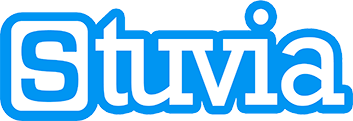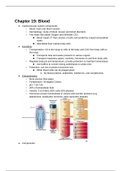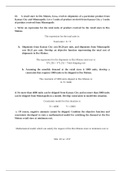Class notes
Health Science I - Human Anatomy and Physiology I Notes #2
- Course
- Health Sciences (BIOL1190)
- Institution
- University Of British Columbia (UBC )
Covers blood, heart, blood vessels and hemodynamics, lymph and immunity and respiratory system. Includes charts, figures, and detailed explanation of every concept. Bundle version available at https://www.stuvia.com/bundle/24692/health-science-i-human-anatomy-and-physiology-bundle at $20.
[Show more]




